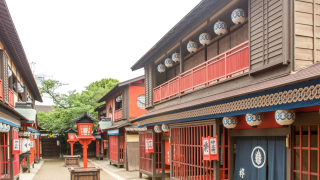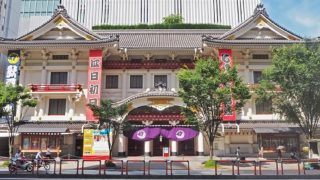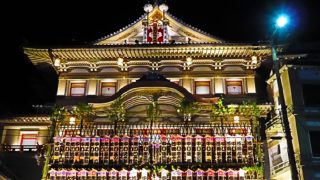 CONTENT
CONTENT “DX Toji Theater” in Kyoto — A Sacred Site of the Film KOKUHO, Possibly Used for Scenes Depicting the Outlaw World, Including Shunsuke’s Dance in a Strip Theater
In KOKUHO, Kyoto is not portrayed as a city of temples and tradition but as a realm of outcasts and dreamers. The DX Toji Theater becomes a symbol of freedom and defiance, where Shunsuke’s dance blurs the line between reality and illusion, creating a space where raw humanity unfolds beneath the flickering lights.









